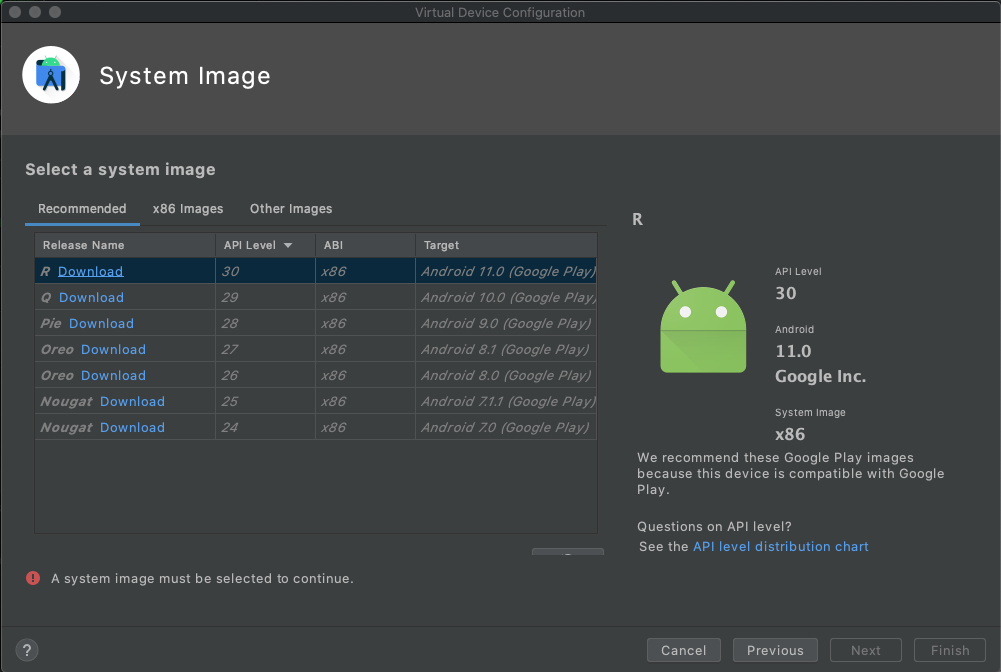
– Set up your system to detect your device. – Turn on “USB Debugging” on your device.
#NATIVESCRIPT ANDROID EMULATOR MAC ANDROID#
The following are steps to be followed prior to actual application development in an Android-powered device: – Declare your application as “debuggable” in your Android Manifest. What is the proper way of setting up an Android powered device for app development? From the target device drop-down menu, select the AVD that you want to run your app on. In the toolbar, select your app from the run/debug configurations drop-down menu.
#NATIVESCRIPT ANDROID EMULATOR MAC INSTALL#
Run on an emulator In Android Studio, create an Android Virtual Device (AVD) that the emulator can use to install and run your app. What is needed to run the app directly on phone? Using a virtual device: Open Android Studio, and open “AVD Manager” - If you are on the welcome screen, it’s under the Configure › AVD Manager dropdown, otherwise under the Tools › AVD Manager menu.

Combine that with NativeScripts TypeScript/ Angular modules and the strong NativeScript build system to generate Android and iOS apps which you can (and will in this course) deploy to the Apple App Store or Google Play Store. To run a NativeScript app, you will need an Android device - either a physical or a virtual device. You build a normal Angular app and manage your entire app logic via Angular + TypeScript. The Android Emulator runs an Android Virtual Device or AVD.

The main reason is because it is emulating the ARM CPU & GPU, unlike the iOS Simulator, which runs x86 code instead of the ARM code that runs on the actual hardware.

In Android Studio, select your app from the run/debug configurations drop-down menu in the toolbar.


 0 kommentar(er)
0 kommentar(er)
